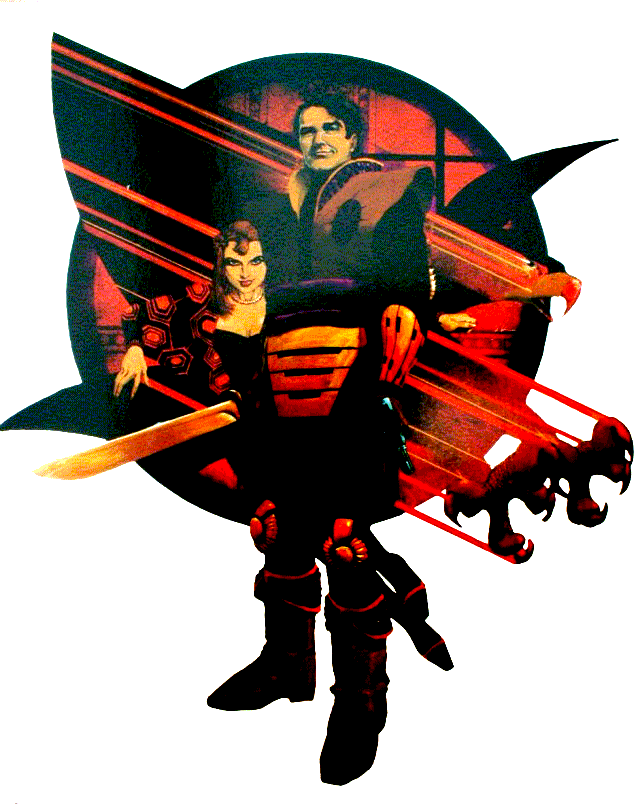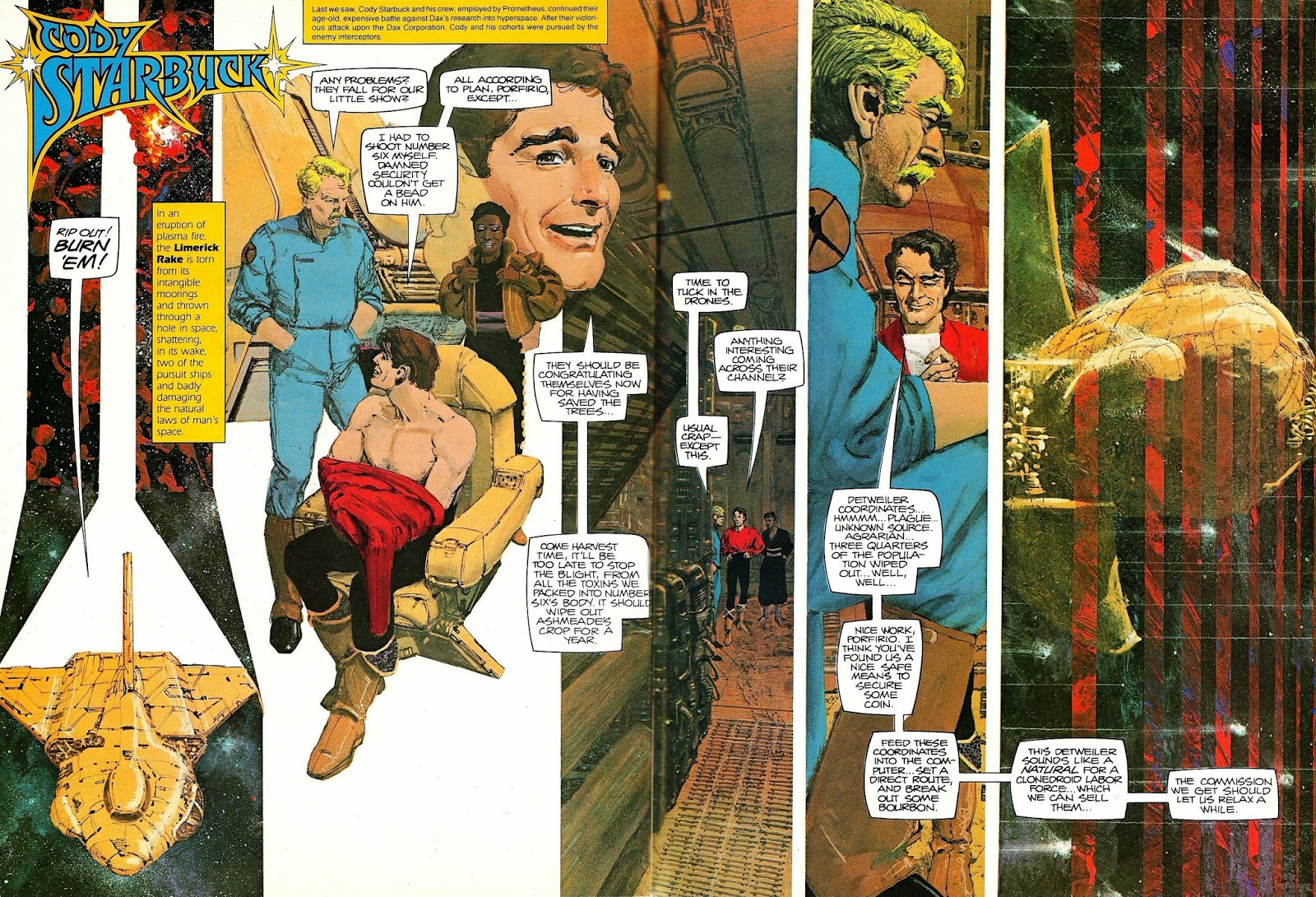Book Review: 'Cruising' by Gerald Walker
celebrating Pride Weekend 2014
2 / 5 Stars
'Cruising' was first published in hardcover by Stein and Day in 1970. Fawcett Crest issued a mass market paperback edition (192 pp.) in September, 1971.
The feature film 'Cruising', loosely based on Walker's novel and starring Al Pacino, was filmed in the Summer of 1979 and released in February, 1980. During its filming in New York, the production was subjected to angry - sometimes violent - protests from gays, who considered the film exploitative.
As a tie-in with the film, Bantam books reissued Walker's novel in January 1980.
Being long out of print, both the hardcover and paperback editions of 'Cruising' are exorbitantly priced, with bookjackers / speculators at amazon asking $1,250.00 for the hardcover and $75 for the paperback. I was fortunate to get a copy of the 1980 Bantam paperback for about $11 some years ago, and more recently, I picked up the Fawcett Crest edition for a couple of bucks at a used bookstore.
The novel deals with a serial killer who preys on homosexuals, selecting his victims while 'cruising' the gay neighborhoods of Manhattan, ca. 1970. As the novel opens, four men have died, slain in a violent and gruesome manner, and the NYPD is desperate to make an arrest.
Captain Edelson, assigned to manage the investigation, decides to recruit a team of younger policemen and sends them out on the streets, undercover. Their mission: cruise the gay haunts as 'bait', and find the killer.
John Lynch is one of the policemen selected for the undercover detail. A heterosexual, he is repulsed and dismissive of the gay lifestyle, but recognizes that the assignment may be his ticket to fast promotion. Lynch adopts the clothing and mannerisms of a 'fag' and begins his undercover work.
Even as Lynch cruises the streets and bars, looking for a psychopath, the killer is also out cruising the same territory, looking for his next victim. Will John Lynch recognize his quarry in time ? Or will Lynch become yet another victim ?

As a suspense / thriller novel, 'Cruising' isn't very good. The identity of the killer is disclosed early on, and much of the narrative is preoccupied with tedious, lengthy monologues in which we are shown The Mind of A Serial Killer all its addled glory. When not belaboring the killer's thoughts, the narrative shifts its attention to Lynch's monologues, further leaching momentum from the plot.
Modern readers are going to find the novel politically incorrect.
All of the characters are hostile and dismissive towards blacks, Puerto Ricans, Jews, and homosexuals, not necessarily in that order. The growing squalor of New York City in the early 70s is communicated in brief, but effective, bits of exposition:
Careful not to be too abrupt about it, Lynch swiveled around to look out at the street. A drunken Puerto Rican was lying in a pool of urine in a tenement doorway.
These spics, Lynch thought. Some neighborhood - what a collection of human junk. The whole country was going soft and rotten, and here was one of the places you find the dregs....Walking these streets was like going for a stroll in a cesspool.
And the queers, Lynch thought, you wouldn't believe the queers. The big parade in Central Park West started just before dark, when those who had jobs came back from work. What was it he'd heard one of them call it ? Fag Harbor. Dozens, hundreds of fags waiting for their ship to come in. Holy Mother, he thought......twenty blocks loaded with queers.

The gays in 'Cruising' are not the sanitized, mainstream-media-friendly ones that appear on shows like Modern Family or Will and Grace. The gays in 'Cruising' are relentlessly promiscuous and filled with self-loathing; one of the book's more subversive subtexts is that some of the victims almost seem to expect to be harmed, or murdered, for having embraced their 'degenerate' lifestyle.
When all is said and done, 'Cruising' is one of those properties that, as a movie, is superior to the novel. If you want a good immersion in 1980s New York City in all its squalid glory, as well as some 'shocking' scenes that will have you laughing out loud, you're much better off viewing the film.













































































